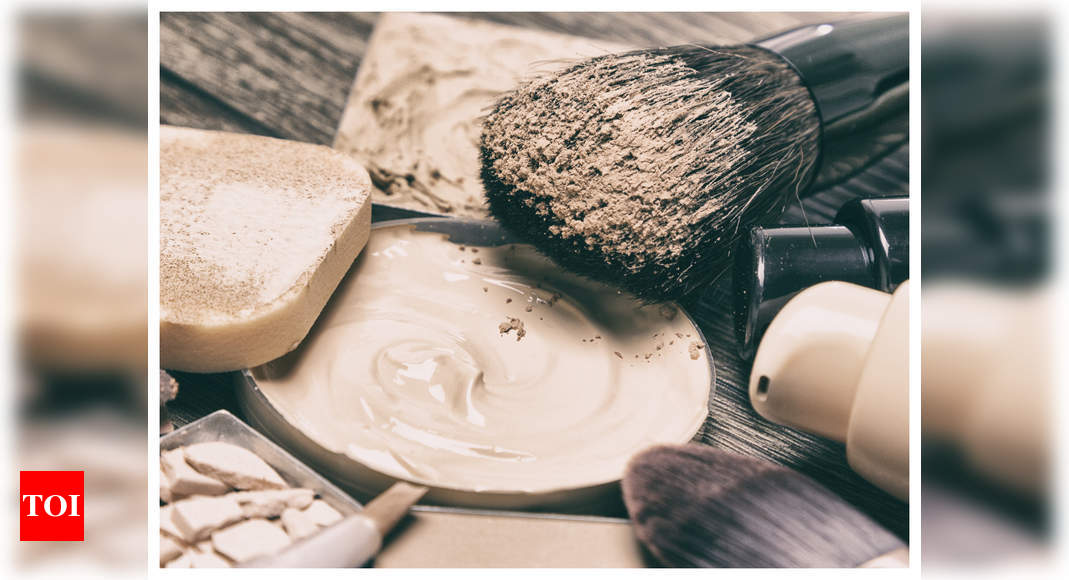

Spot treat the affected area(s) by dabbing on a small dot of foundation using your ring or pinky finger (they're more gentle than your index finger) to blend with the surrounding skin, and allow to dry before applying any more makeup. What can you use if you don't have concealer?Ī full-coverage cream or liquid foundation is an excellent substitute for concealer. Now, we have got the complete detailed explanation and answer for everyone, who is interested! Whatever you do, make sure not to forget the most important step: a face sunscreen! Look to Ree's skincare routine for her favorite options.This is a question our experts keep getting from time to time.
#CONCEALER OR FOUNDATION FIRST SKIN#
On the flip side, if you’re not running into a lot of pigmentation issues with your skin at the moment, applying a light layer of foundation before anything else can help you achieve the best and most natural look. If you want to cover up discoloration like acne, hyperpigmentation, and sun spots in certain areas of your face, grab your concealer first.

There’s no universal right answer! To use your products correctly, you'll need to really take a look in the mirror and decide what you need out of your makeup. "If you put your foundation on first, look at your skin, and think, 'Oh, that’s where I have a little bit more discoloration'-put your concealer over that," says Jacque. If you don’t have pigmentation concerns and your goal is more about gently evening out your skin, apply foundation first-then, go in with a little concealer where needed (mild darkness under your eyes, a pimple here or there, and so on). Story continues Should you apply foundation first? What's more, getting that coverage in the areas that need it most first means you’ll probably end up using less foundation, decreasing the chances of things looking too cake-y, thick, or textured in the end. Additionally, because concealer is formulated to cover purple or brown under-eye circles and hyperpigmentation, it tends to have red or pink tones (to counteract those darker colors), so they don’t always perfectly match your skin tone. (A dark spot corrector is also a good investment, by the way.) While foundation is typically lighter coverage and meant to provide an even base for the rest of your makeup, concealer is packed with pigment because it’s designed to cover anything foundation is unable to hide, explains Jacque. If you struggle with lots of hyperpigmentation, acne, and/or super dark circles and need a big boost of coverage, applying concealer underneath foundation results in a smoother, more even complexion.

Read on for more of her tips and insights, and don't forget to check out our favorite foundations for dry skin and concealers for mature skin. "People have to understand why they wearing makeup to begin with," says Jacque. According to Jacque, it all boils down to your skin’s needs-which means you've got to get all the way back to basics. We decided to turn to makeup artist Jacque Mgido, a favorite of Food Network stars-including Ree Drummond!-and the founder of Jacque Mgido Cosmetics, for some answers. This one's especially confusing, so we knew we needed some expert advice. 😅 One of the trickiest parts of makeup application, in our opinion, is figuring out the order in which to apply each of the products-specifically, the question of whether to apply foundation or concealer first. Makeup wearers know that cosmetics can help you look your best.but used incorrectly, things can go downhill fast.


 0 kommentar(er)
0 kommentar(er)
